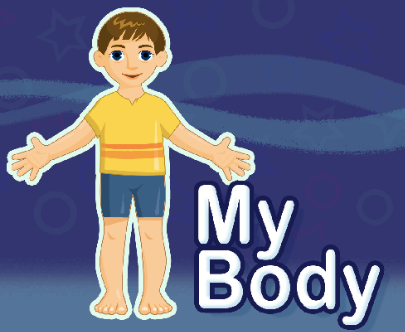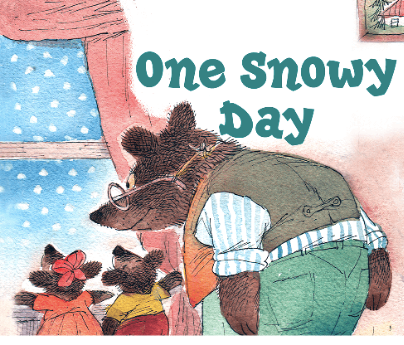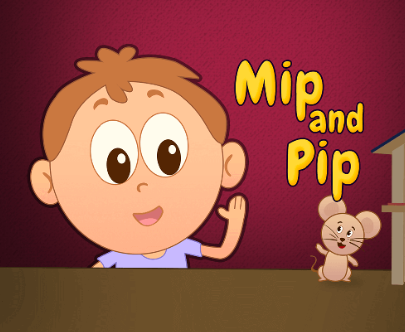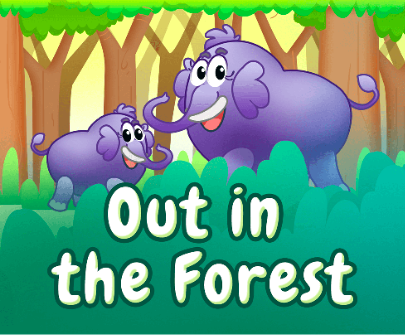Many parents and teachers struggle to get kids interested in reading, often feeling frustrated when it becomes a daily battle. But what if reading could be something kids actually look forward to? This blog will show you exactly how to make reading fun for kids, with practical tips that can turn it from a chore into an enjoyable part of their day.
Math & ELA | PreK To Grade 5
Kids see fun.
You see real learning outcomes.
Watch your kids fall in love with math & reading through our scientifically designed curriculum.
Parents, try for free Teachers, use for free
Whether you’re dealing with reluctant readers or just looking to boost their love for books, these strategies will help you make reading an adventure they won’t want to miss.
1. Creating a Reading Nook

Designing a special reading nook can transform reading from a task into a treat. Choose a quiet spot in your home and fill it with cozy elements like soft cushions, a favorite blanket, and good lighting.
You could add a small shelf with a selection of books that are easy for your child to reach. This space should feel like their own little escape, where they can get lost in a story without distractions. A dedicated, comfortable reading nook can help make reading feel like a relaxing, enjoyable break in their day.
2. Let Them Choose

Empower your child by letting them pick out their own reading material. Whether you’re at a library, bookstore, or browsing online reading books, give them the freedom to explore and choose what sparks their interest. When kids have control over what they read, they’re more likely to be excited about it and feel a deeper connection to the stories they choose.
This sense of ownership can turn reading from something they “have to do” into something they “want to do,” making it a much more enjoyable experience for them.
3. Incorporate Technology
In today’s world, kids are constantly surrounded by screens and interactive experiences, making traditional reading sometimes feel a bit boring in comparison. With shorter attention spans, it’s essential to keep reading engaging and interactive to capture their interest. That’s where incorporating technology into their reading routine can make a huge difference.
Digital books, like those offered by SplashLearn, turn reading into an immersive, interactive experience. These books have features that keep kids engaged, like read-aloud options, animations, and interactive elements that respond to their actions.
Features That Make Reading Fun:

- “Read to Me” Feature: Perfect for younger children who are just getting started with reading. It allows them to listen and follow along, helping them develop their vocabulary and understanding without feeling overwhelmed.
- “Read by Myself” Option: Ideal for older kids, giving them the independence to explore stories at their own pace. Interactive elements and achievements make the process feel like a game, turning reading into a fun, self-directed activity.
Picking Books That Match Your Child’s Reading Level
Choosing books that align with your child’s reading level is crucial. If a book is too difficult, your child may become frustrated and lose interest quickly. On the other hand, if it’s too easy, they might not feel challenged or engaged. The key is to find the right balance where the books are just challenging enough to keep them interested and help them grow. Here’s how SplashLearn can help:
- Read Alouds
These books are perfect for reading out loud and are designed to improve listening skills, comprehension, and vocabulary. They make reading sessions interactive and educational, allowing you to engage your child in the story while building their literacy skills.
- Leveled Readers
These books are carefully matched to different reading levels, focusing on specific phonetic patterns, sentence structures, and vocabulary. As your child progresses, they move on to more complex books, ensuring they continue to develop their reading abilities step by step.
- Decodable Books
Ideal for beginners, these books emphasize phonics, helping children practice sounding out words on their own. This builds their confidence and independence in reading, providing a strong foundation for more advanced reading skills.
Progress Tracking for Parents:
What really sets SplashLearn apart is the progress tracking feature. This gives parents peace of mind while encouraging their child’s independence. As your child reads independently, you don’t have to worry about losing track of their development. The platform provides detailed insights into how well they’re doing, highlighting areas where they excel and where they might need a bit more support. Here is how your progress tracking dashboard would look:
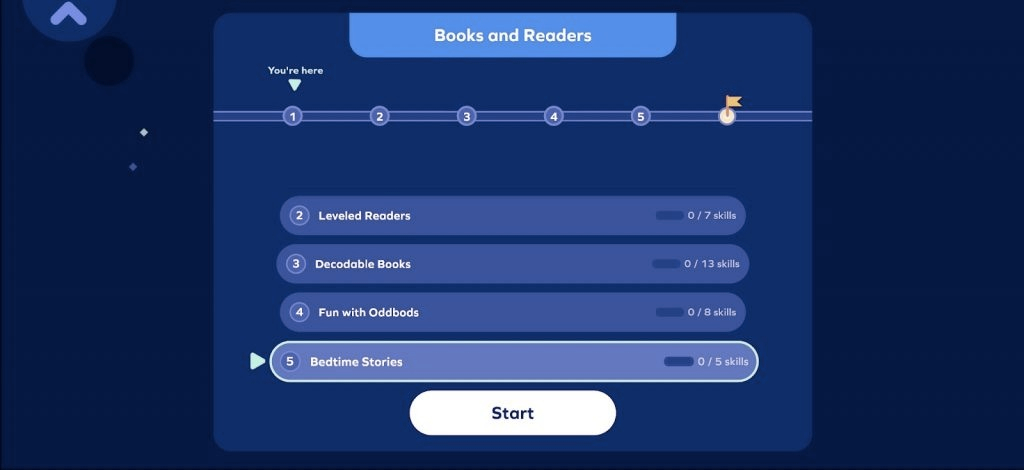
Related Reading: Best Reading Websites For Kids
4. Use Reading Rewards
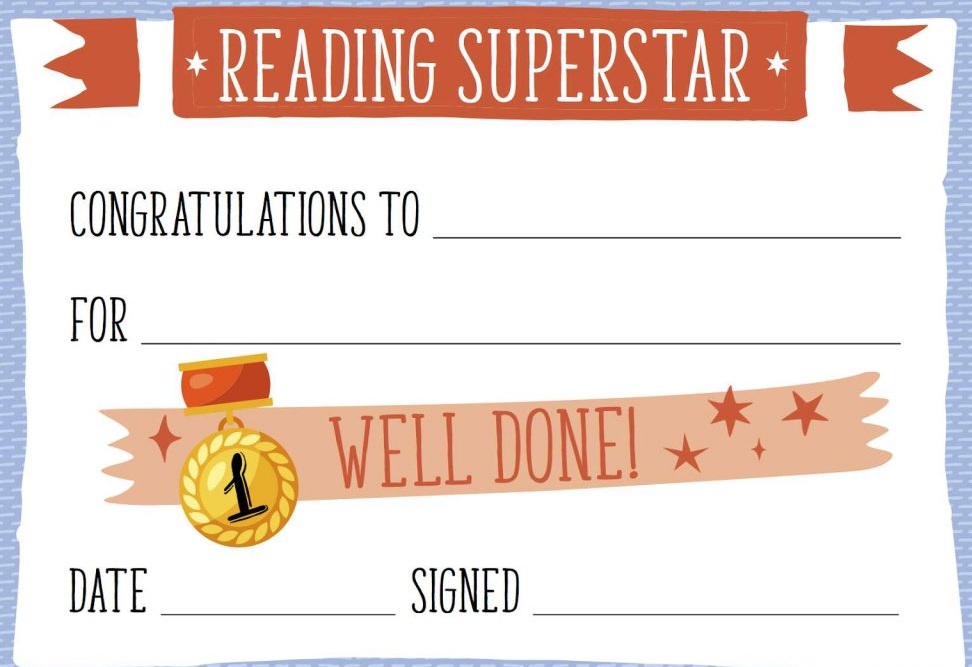
Turn reading into a fun, rewarding game by setting up a simple reward system. For every book or chapter your child finishes, they earn points or stickers. You can let them trade these points for something special, like a movie night, a favorite snack, or an extra playtime. This approach turns reading into an exciting challenge, where they can see their progress and work towards a goal.
5. Interactive Read-Alouds
Make storytime a lively and interactive experience that draws your child into the story. As you read, ask open-ended questions like, “What do you think will happen next?” or “How would you feel if you were in this character’s shoes?” Let them guess, discuss, and even change the story’s direction.
Occasionally, switch roles and have them read to you, or take turns acting out scenes together. This keeps them engaged and deepens their understanding and connection to the story, making reading an active, enjoyable process.
6. Act Out Stories
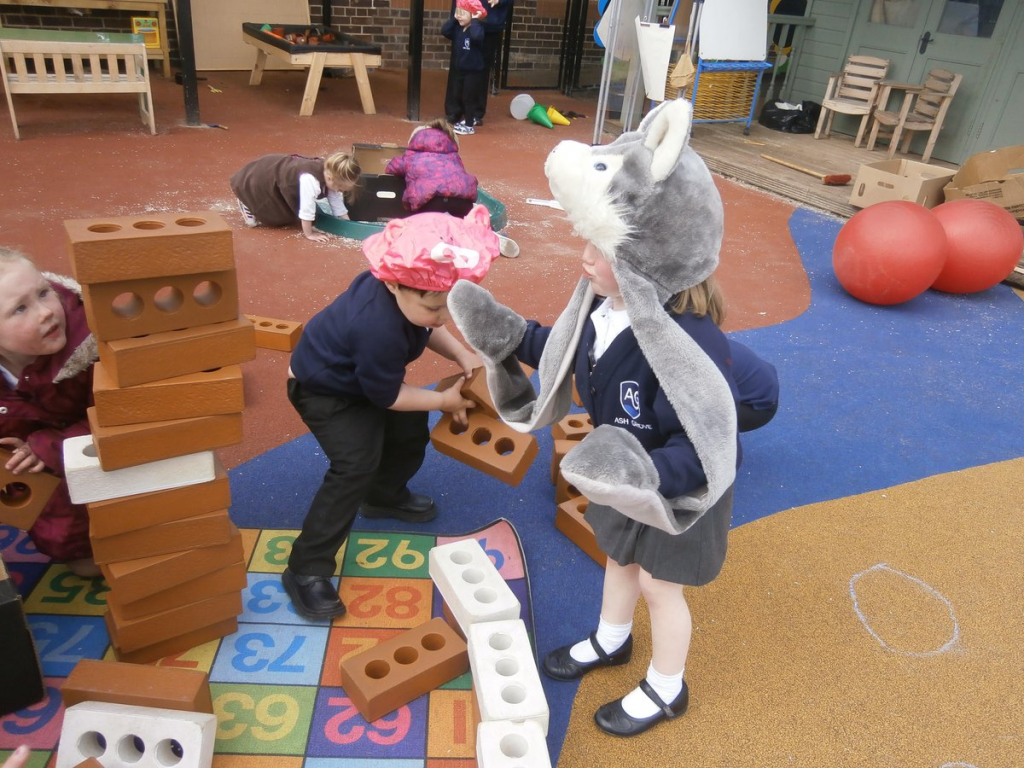
Bring stories to life by acting them out with your child. This can be a great activity if you are looking to make reading fun for struggling readers. Choose a favorite book and turn it into a mini-play, where they can dress up as their favorite character, use props, or even create simple sets with household items. Encourage them to take the lead in deciding how to act out the scenes or devise alternative endings.
This hands-on approach transforms reading from a passive activity into an immersive experience, helping kids connect with the story on a deeper level. It also adds fun and creativity, making them eager to read more.
7. Book-Related Activities
Make reading interesting by planning activities related to its theme. If the story is about dinosaurs, you could build a model together, draw pictures, or even bake dinosaur-shaped cookies. Create a rocket craft or stargaze together for a book about space. These activities help reinforce the story’s themes and make the reading experience more tangible and interactive. Connecting the book’s content with real-world fun, you help your child see reading as an adventure that doesn’t end when the book is closed.
8. Reading Challenges
Turn reading into an exciting competition by setting up a reading challenge. You can set reading goals like reading a certain number of books in a month or exploring different genres, and track progress with a chart or journal. To make it more engaging, offer a reward for reaching milestones, such as a special outing or a new book.
Challenges give kids a clear, fun goal to work towards, making reading feel like an adventure. It also adds a bit of friendly competition if you join in, motivating them to read more and explore new stories.
Here is a list of grade-wise books that you can pick from:
- Books for kindergarteners
- Books for first graders
- Books for second graders
- Books for third graders
- Books for fifth graders
9. Family Reading Time

Make reading a family affair by setting aside time each day or week for everyone to read together. Whether it’s each person with their own book or reading a story aloud as a group, this shared time emphasizes that reading is a valuable and enjoyable activity. It’s also a great opportunity to discuss what everyone is reading, share favorite parts, and bond over stories.
By modeling a love for reading, you show your child that it’s something worth prioritizing, and it becomes a cherished family ritual that they look forward to.
10. Use Graphic Novels and Comics
Introduce your child to graphic novels and comics as a way to make reading more visually engaging. The combination of images and text can be particularly appealing to reluctant readers or those who are more visually oriented. Choose titles that align with their interests, whether it’s superheroes, fantasy worlds, or everyday adventures.
The colorful illustrations and dynamic storytelling can draw them in and make reading feel less intimidating. By offering a different format, you cater to their preferences and keep the excitement for reading alive.
11. Create a Book Club
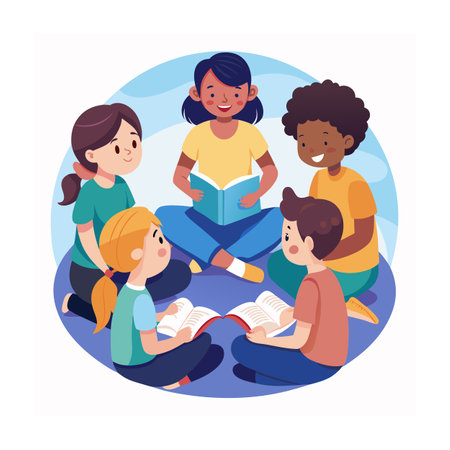
Starting a small book club with your child and their friends and turning reading into a social activity are some of the best ways to make reading fun for kids. Choose a book everyone is excited about, and schedule regular meetups to discuss it. You can make these gatherings fun with themed snacks, related crafts, or games based on the book’s plot.
This not only makes reading a group adventure but also encourages kids to think critically about what they’ve read and share their thoughts with others. The social aspect adds an extra layer of motivation and enjoyment to their reading experience.
12. Personalize Stories
Make reading even more special by personalizing the stories. You can do this by writing short tales that include your child as the main character, or by using personalized books where their name and favorite things appear throughout the story. This creates a unique connection to the narrative, making it more engaging and memorable.
When kids see themselves in the story, it turns reading into a more personal and meaningful experience, helping to foster a deeper love for books.
Related Reading: Reading Strategies for Students of All Grades
Conclusion
Making reading fun at home doesn’t have to be complicated. You can turn reading into an enjoyable and rewarding activity by creating a cozy reading space, letting kids choose their books, incorporating technology, and using interactive methods. These strategies are simple but effective ways on how to make reading fun, helping your child develop a lifelong love for books.
Related Reading: Best Reading Activities That Turn Kids
Frequently Asked Questions (FAQs)
How to make reading passages more fun?
To make reading passages more fun, try turning them into interactive activities. Ask questions, encourage predictions, and connect the content to real-life experiences or related games. This approach keeps kids engaged and makes reading feel more like an adventure than just another task.
How do I make reading less boring?
To make reading less boring, let your child choose books that interest them and incorporate technology, like eBooks with interactive features. Adding variety, such as graphic novels or audiobooks, can also make reading more enjoyable and is key in understanding how to make reading fun for kids.


















